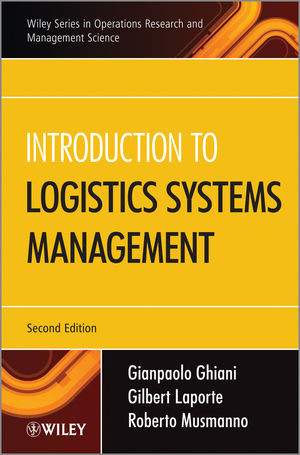

Most ebook files are in PDF format, so you can easily read them using various software such as Foxit Reader or directly on the Google Chrome browser.
Some ebook files are released by publishers in other formats such as .awz, .mobi, .epub, .fb2, etc. You may need to install specific software to read these formats on mobile/PC, such as Calibre.
Please read the tutorial at this link: https://ebookbell.com/faq
We offer FREE conversion to the popular formats you request; however, this may take some time. Therefore, right after payment, please email us, and we will try to provide the service as quickly as possible.
For some exceptional file formats or broken links (if any), please refrain from opening any disputes. Instead, email us first, and we will try to assist within a maximum of 6 hours.
EbookBell Team

4.1
10 reviewsThis textbook offers an introduction to the methodological aspects of logistics systems management and is based on the rich experience of the authors in teaching, research and industrial consulting.
This new edition puts more emphasis on the organizational context in which logistics systems operate and also covers several new models and techniques that have been developed over the past decade.
Each topic is illustrated by a numerical example so that the reader can check his or her understanding of each concept before moving on to the next one. At the end of each chapter, case studies taken from the scientific literature are presented to illustrate the use of quantitative methods for solving complex logistics decision problems. An exhaustive set of exercises is also featured at the end of each chapter.
The book targets an academic as well as a practitioner audience, and is appropriate for advanced undergraduate and graduate courses in logistics and supply chain management, and should also serve as a methodological reference for practitioners in consulting as well as in industry.
Content: